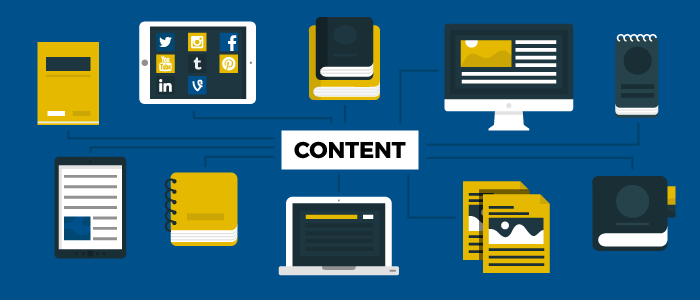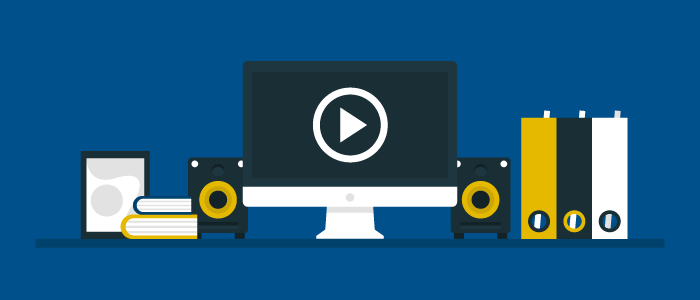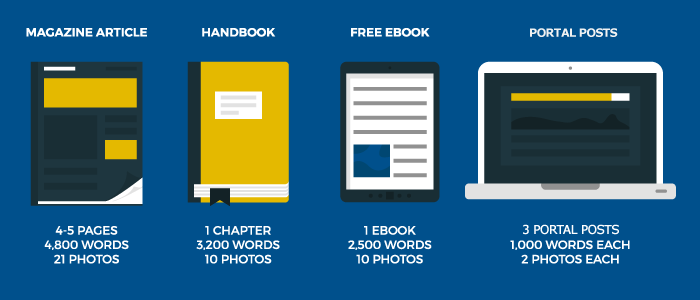
When we talk about multi-platform publishing, some publishers think we’re talking about the difference between laptops, desktops, and tablets. But those are simply the devices we deliver content through.
We’re talking about content repurposing, on many platforms.
Repurposing content is a core tenet of the Mequoda Method, but we can’t take credit for inventing the tactic. Rather, any publisher worth their salt – whether print or digital – has always run some variation on this theme. Why? Because it rewards your best work, saves you from excess work, gives you a ton of versatility, and will make you money while you sleep.
[text_ad]

Content can be published and distributed on many platforms – a Portal, an online directory, free white papers, paid handbooks, print magazines, podcasts, digital magazines (including a web edition and app editions), live events, digital events, membership libraries, and more. If you’re wondering “Shouldn’t email and social be on this list?” – that’s a good question – we consider email and social to be marketing platforms, not publishing platforms, even though we are huge advocates of using those channels to deliver high-quality content and not just promotional messaging. This helps keep subscribers and followers engaged. If you’re also wondering “Shouldn’t mobile be on this list?,” that’s another good question – no, we consider mobile a device type instead of a publishing platform archetype. You can view any type of multi-platform content on a desktop, laptop, or mobile device.
Publishers everywhere are creating multi-platform content. Ed tech is hot, and it fits nicely into a multi-platform content approach, enabling as it does online archives, subscriptions, events, and video.
It’s not difficult to take a cursory look around the industry and find digital publishers who try to fit square pegs into round holes instead of sticking to what works for their hard-won audiences.
Slate’s Slate Plus is a membership predicated on premium content. This model is gaining in popularity among digital magazine subscriptions. The product certainly holds its own when it comes to digital magazine subscriptions. For $35/year, Slate Plus membership gets you (on top of the magazine’s standard offerings): ad-free podcasts, less ads on the site overall, members-only articles and newsletters, early-access to high-profile content, and other advantages. At the beginning of the pandemic, they launched a metered paywall as a way to funnel more people into their membership.
Podcasts have come in and out of vogue over the years, currently on an upswing. “Podcast creators, increasingly publishers like Slate, FiveThirtyEight, and Vanity Fair, struggle to reach new listeners because podcasts can be difficult to discover online, often isolated from the constant stream due to the limited shareability and SEO traction of audio. This makes it challenging for podcast creators to grow their audience beyond their most loyal followers,” Ellen Harvey writes on PubExec.com.
Video, on the other hand, is hot, especially brands who are leveraging YouTube’s massive network. Vogue has gotten a lot of traction with their “73 questions” series, where they interview celebrities, asking 73 questions while they walk through each room of the celebrities’ home. They have a number of different “columns” like this that are wildly popular.
Bon Appétit has also invested much into video, which you can find on YouTube and also on their website. They too have a number of different reoccurring columns, which they refer to as seasons.
And while live events may not be the highest revenue source of last year or this one, digital events are booming. Most publishers we know are making more profit, with more attendees than ever, by moving their events online.
So, how does this content get created? Does the premium content get recycled? We assume so in many cases. That’d be the smart thing to do, even if they’re just recycling it much later to non-paid members, or using it as sample content to gain more subscribers.
But even these modern examples of multi-platform publishing are not exactly what we’re talking about when it comes to creating multi-platform content on the cheap.
Taking one product and making it many products
Want to go cheap? You can go cheap. And you can produce a lot of content and profit that way.
You don’t even need a whole new content department, just some savvy editors. Magazine publishers who recycle content strategically are building giant multiplatform publishing businesses by recycling content like so:
There are, of course, many different versions of this cycle depending on what you’re publishing, but the premise is the same: Take one thing and turn it into many things.
Create the most accurate content by compiling first-person knowledge from reputable sources and making it available to your audience through various platforms.
- Start with a magazine article.
- You can then use that content to create other products. At this point, you simply ask one of your designers to add the article as a chapter to the latest handbook you’re developing.
- And while they’re at it, they can turn it into a downloadable e-book. No need for other content.
- From there, you can break it into three portal posts.
But the best part comes after:
- Each of those portal posts promote the free ebook.
- And that free ebook promotes the handbook.
- And that handbook promotes your magazine.
There could also be podcasts, videos, or special edition magazine apps that come out of this transformation.
The circle of content life – isn’t it beautiful?

If you want to get stealthy, online events are the best high-fidelity user experience, with the highest price point. You can turn research, stories and photos from your articles into slides in a powerpoint deck. And then turn around and use your speaker decks and transcripts to create articles for your site.
Most publishers will be most comfortable producing downloadable media, like books, special reports, or video pieces. Or, if you’re like The New Yorker, you ask the article writers to record their pieces and offer them as an audio subscription.
How do you recycle content? What’s your strategy? Let’s chat in the comments.




thanks for the multiplatform publishing strategy content …